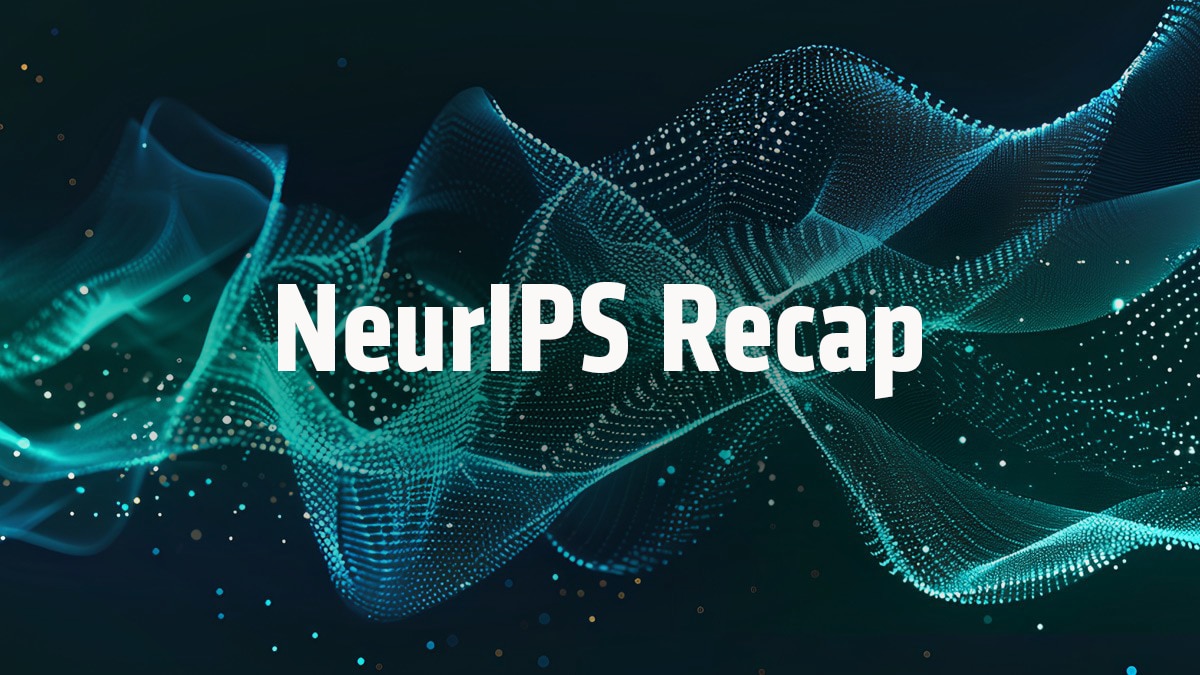AMD and Ericsson Build Smarter, Scalable 5G Networks
Oct 14, 2025

In the 5G economy, competitiveness depends on more than technology. Telecom providers must expand capacity, cut costs, and meet sustainability targets—all while delivering new digital services faster.
At AMD, we see this as an opportunity to redefine the foundation of telecom infrastructure—helping service providers scale smarter, not just bigger.
From Connectivity to a Platform for Innovation
Ericsson has validated its dual-mode 5G Core and Cloud Native Infrastructure (CNIS) solutions on AMD EPYC™ processors, demonstrating exceptional power efficiency and scalability. According to Ericsson’s testing, operators can:
- Reduce energy use: Achieve up to 40% better power efficiency than prior systems,1 lowering total cost of ownership and carbon footprint.
- Consolidate infrastructure: Run equivalent workloads on as few as four servers instead of seven, 1 reducing CapEx and OpEx.
- Accelerate time to market: Deploy new services like network slicing, enterprise 5G, and edge applications faster.
- Strengthen resiliency: With AMD Infinity Guard,2 help protect critical data and services with hardware-enabled security.
These results demonstrate the performance and efficiency leadership of AMD EPYC processors in real-world telecom environments. The ability to do more with fewer systems translates directly into lower operating costs and more sustainable growth.
“By leveraging the advanced capabilities of AMD EPYC processors, we can offer our customers high-performing, scalable, and energy-efficient 5G deployments,” said Joao Monteiro Soares, Head of Solution Line Cloud at Ericsson. “Our collaboration with AMD reflects our dedication to equipping telco providers with the tools they need to lead in a fast-paced, connected world.”
From Technology to Business Outcomes
Telecom decision-makers face a paradox: customers expect more performance, lower latency, and continuous innovation—yet providers must deliver this while reducing costs and emissions.
The AMD–Ericsson collaboration directly addresses these challenges:
- For CEOs and strategists, cloud-native core solutions powered by AMD EPYC processors create a foundation for long-term growth and differentiation.
- For CFOs, infrastructure consolidation delivers better ROI and predictable cost savings.
- For sustainability officers, performance-per-watt leadership helps achieve environmental targets without compromising competitiveness.
A Partnership Rooted in Open Innovation
This work is part of a broader commitment. AMD has a legacy of enabling mission-critical industries—from supercomputing and cloud to aerospace and finance. Our collaboration with Ericsson extends that expertise into telecom, bringing together Ericsson’s leadership in network software and AMD’s strength in high-performance, energy-efficient compute.
Together, we are building networks that are:
- Open and interoperable for long-term flexibility
- Efficient at scale, balancing growth with sustainability
- Resilient by design, with security built into silicon
Ready for Today, Built for Tomorrow
The networks deployed today must be ready for what comes next. With Ericsson’s cloud-native core validated on AMD EPYC processors, operators gain a robust foundation to scale efficiently, meet evolving customer demand, and achieve business and sustainability goals.
At AMD, we believe the core network isn’t just where connections are managed—it’s where progress begins. And together with Ericsson, we’re helping telecom providers build networks that perform, scale, and sustain—without compromise.
Build Your Next-Generation Core with Confidence
- See how Ericsson and AMD are helping operators cut energy use and accelerate 5G deployments on Ericsson's site.
- Explore AMD Telco Solutions to create a foundation for the networks of tomorrow.
Footnotes
- Performance claims are based on results reported by Ericsson for dual-mode 5G Core and Cloud Native Infrastructure (CNIS) solutions using AMD EPYC processors. Actual performance may vary depending on system configuration, network conditions, and workload characteristics. AMD has not independently verified these results and makes no representations or warranties regarding third-party test data.
- GD-183: AMD Infinity Guard features vary by EPYC Processor generations. Infinity Guard security features must be enabled by server OEMs and/or Cloud Service Providers to operate. Check with your OEM or provider to confirm support of these features.
- Performance claims are based on results reported by Ericsson for dual-mode 5G Core and Cloud Native Infrastructure (CNIS) solutions using AMD EPYC processors. Actual performance may vary depending on system configuration, network conditions, and workload characteristics. AMD has not independently verified these results and makes no representations or warranties regarding third-party test data.
- GD-183: AMD Infinity Guard features vary by EPYC Processor generations. Infinity Guard security features must be enabled by server OEMs and/or Cloud Service Providers to operate. Check with your OEM or provider to confirm support of these features.









